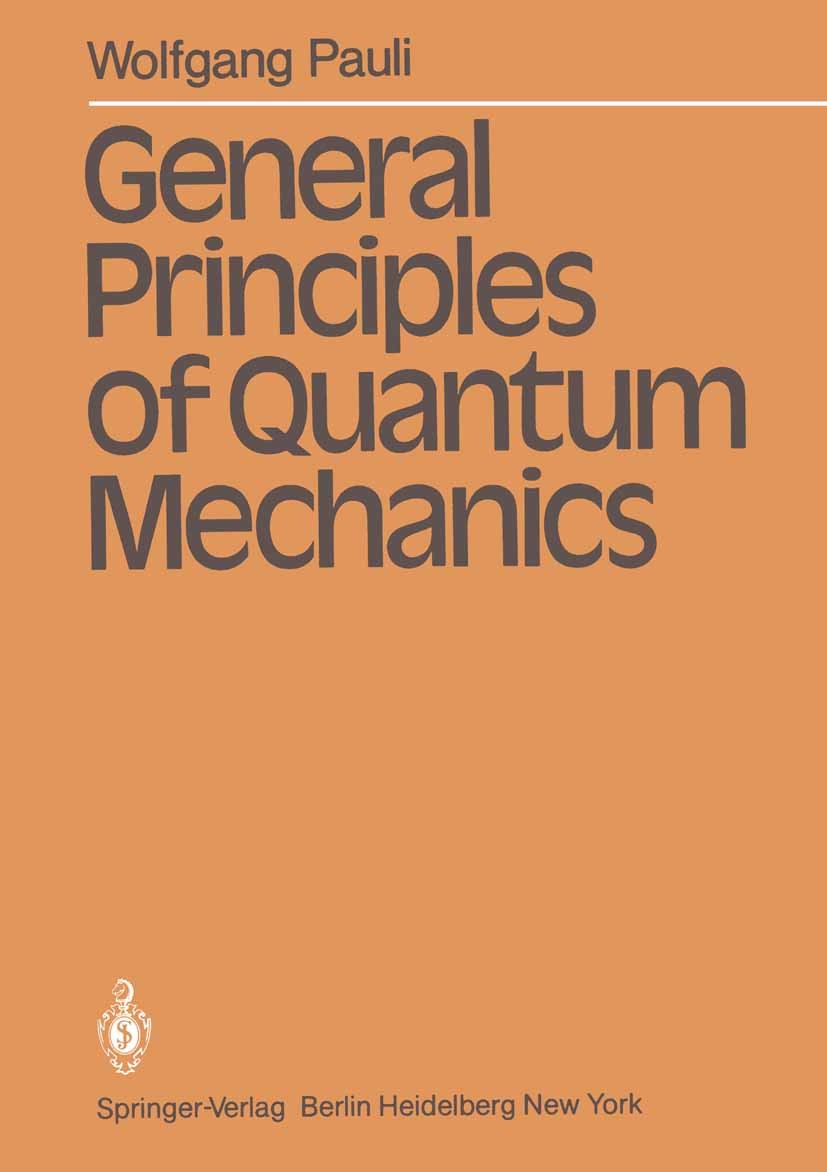| 书目名称 | General Principles of Quantum Mechanics | | 编辑 | Wolfgang Pauli | | 视频video | http://file.papertrans.cn/383/382098/382098.mp4 | | 图书封面 |  | | 描述 | I am very happy to accept the translators‘ invitation to write a few lines of introduction to this book. Of course, there is little need to explain the author. Pauli‘s first famous work, his article on the theory of relativity in the Encyklopädie der Mathematischen Wissenschaften was written at the age of twenty. He afterwards took part in the development of atomic physics from the still essentially classical picture of Bohr‘s early work to the true quantum mechanics. Thereafter, some of his work concerned the treatment of problems in the framework of the new theory, especially his paper on the hydrogen atom following the matrix method without recourse to Schrodinger‘s analytic form of the theory. His greatest achievement, the exclusion principle, generally known today under his own name as the Pauli principle, that governs the quantum theory of all problems including more than one electron, preceded the basic work of Heisenberg and Schrodinger, and brought him the Nobel prize. It includes the mathematical treatment of the spin by means of the now so well known Pauli matrices. In 1929, in a paper with Heisenberg, he laid the foundation of quantum electrodynamics and, in doing so, | | 出版日期 | Book 1980 | | 关键词 | Quantenmechanik; atomic physics; coherence; electron; elementary particle physics; hydrogen; particle phys | | 版次 | 1 | | doi | https://doi.org/10.1007/978-3-642-61840-6 | | isbn_softcover | 978-3-540-09842-3 | | isbn_ebook | 978-3-642-61840-6 | | copyright | Springer-Verlag Berlin Heidelberg 1980 |
The information of publication is updating

|
|
 |Archiver|手机版|小黑屋|
派博传思国际
( 京公网安备110108008328)
GMT+8, 2025-11-21 13:47
|Archiver|手机版|小黑屋|
派博传思国际
( 京公网安备110108008328)
GMT+8, 2025-11-21 13:47


